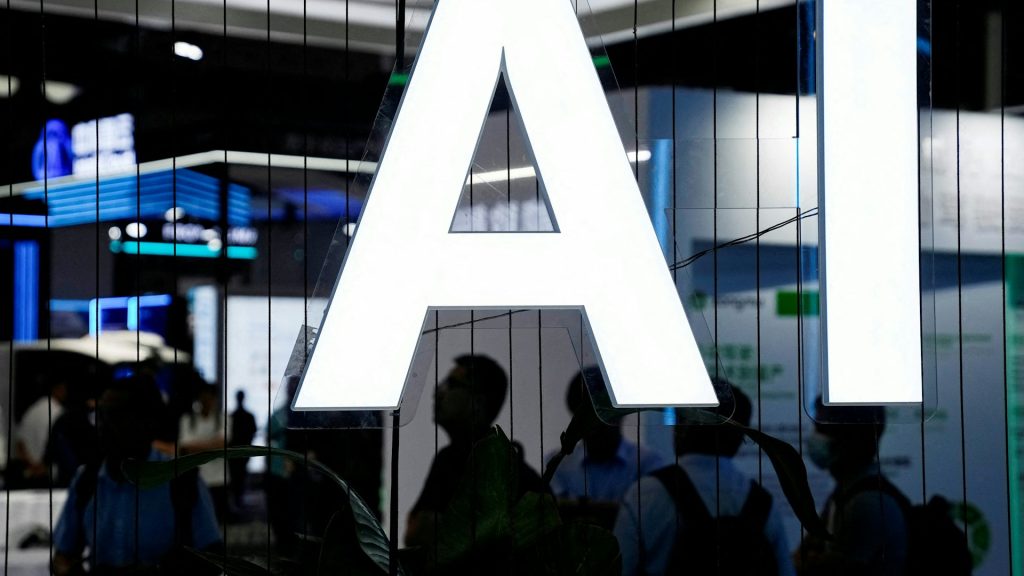As artificial intelligence (AI) becomes a foundational force in the global economy, countries around the world are racing to define regulatory frameworks, funding priorities, and governance principles that will determine their competitive position in the AI era. AI is no longer simply a technological innovation—it is a policy priority directly tied to national competitiveness, economic resilience, and global influence.
This article examines how evolving AI policies across major regions are influencing their innovation ecosystems, industrial strategies, and long-term global standing.
The Strategic Role of AI Policy
Government policy plays a crucial role in shaping the direction, pace, and inclusivity of AI development. While corporations focus on profit, national governments use AI policy to:
- Direct R&D and infrastructure investment
- Define ethical and legal boundaries for deployment
- Strengthen national security and technological sovereignty
- Influence global norms and standards
- Attract and retain talent and capital
Effective AI policy is no longer optional; it is essential for sustained innovation and international competitiveness.
United States: Innovation Leadership with Strategic Guardrails
The United States continues to lead in foundational AI technologies, particularly in large language models and AI-as-a-service platforms. However, it has shifted from laissez-faire innovation toward more coordinated, security-conscious governance.
Key developments include:
- The National AI Initiative Act (2021): Institutionalizes federal coordination of AI R&D and workforce development.
- Executive Order on AI (2023): Introduces a whole-of-government approach to AI safety, risk assessment, and federal agency adoption.
- CHIPS and Science Act (2022): Invests over $50 billion to boost semiconductor manufacturing and scientific research.
- Export controls on AI chips and software: Restricting access to advanced technologies for geopolitical rivals, particularly China.
Impact: The U.S. is reinforcing its dominance in AI while safeguarding national security. However, the absence of comprehensive federal AI regulation creates uncertainty for ethical oversight and consumer protection.
European Union: Regulating for Trust and Sovereignty
The EU has taken a regulatory-first approach, focusing on responsible AI use while attempting to foster innovation through public investment and cross-border collaboration.
Key policy moves:
- The AI Act: A landmark risk-based regulation that categorizes AI systems from minimal to unacceptable risk. High-risk systems must meet strict transparency, oversight, and safety standards.
- Digital Europe and Horizon Europe programs: Allocate billions of euros to AI research, compute infrastructure, and SME adoption.
- AI Liability Directive: Proposes clearer legal pathways for accountability in AI-related harm.
Impact: The EU is positioning itself as the global leader in ethical AI regulation. While this may constrain rapid commercialization, it strengthens public trust and sets exportable legal standards.
China: Centralized Ambition and Technological Self-Reliance
China treats AI as a core pillar of national development. Through state-led planning, it seeks to dominate both domestic adoption and export markets for AI technologies.
Strategic actions include:
- Next Generation AI Development Plan (2017): Targets global leadership by 2030.
- Heavy subsidies and industrial policy: Directs funding to AI startups, chipmakers, and research centers aligned with state goals.
- Civil-military integration: Embeds AI into surveillance, military logistics, and cybersecurity.
- Data governance laws: Recent data localization and privacy laws are shaping a distinct regulatory environment.
Impact: China’s approach accelerates development in applied AI, computer vision, and smart city infrastructure. However, restrictions on international collaboration and reliance on state control may limit openness and global integration.
Global South: Building Inclusive, Development-Oriented AI Strategies
Emerging economies are developing AI policies that reflect their unique challenges—digital infrastructure gaps, limited research capacity, and socioeconomic disparities—while seeking to harness AI for public good.
Examples:
- Africa Union’s AI strategy (in progress): Aims to support capacity-building, data governance, and cross-border research collaboration.
- Brazil’s AI Strategy (2021): Emphasizes inclusion, data protection, and sustainable development.
- India’s National AI Mission: Focuses on applying AI in agriculture, healthcare, education, and language technologies.
Impact: While many countries face infrastructure constraints, targeted policy frameworks and global partnerships are enabling inclusive AI ecosystems tailored to developmental priorities.

Global Governance and Policy Coordination
As AI becomes more powerful and globally interconnected, international coordination on AI safety, ethics, and standards is gaining urgency.
Recent efforts include:
- OECD AI Principles: Adopted by over 40 countries, focusing on human-centric AI and transparency.
- UNESCO Recommendation on AI Ethics: Sets global norms on fairness, non-discrimination, and environmental impact.
- Bletchley Declaration (2023): Signed by 28 countries including the US, UK, and China, agreeing on shared risks posed by frontier AI models.
- Global Partnership on AI (GPAI): A platform for collaborative research and policy sharing among democracies.
Impact: While these efforts remain non-binding, they represent early steps toward consensus on foundational AI principles. However, fragmentation between regulatory blocs could hinder cross-border AI trade and innovation.
How Policy Shapes Innovation Environments
AI policy is now a decisive factor in determining a nation’s innovation capacity. The following dynamics are emerging:
Policy-driven enablers:
- Public funding attracts researchers and entrepreneurs
- Regulatory clarity reduces uncertainty for startups
- Government procurement accelerates commercialization
- Talent strategies (e.g., visas, education) increase AI workforce supply
Policy-driven barriers:
- Over-regulation can deter experimentation and early-stage investment
- Data localization laws may limit access to global datasets
- Export controls risk bifurcation of AI ecosystems
Balancing innovation and regulation is becoming the defining policy challenge of the AI era.
Conclusion
As artificial intelligence reshapes industries, societies, and geopolitical power structures, the role of national AI policy is more critical than ever. Countries that craft agile, forward-looking, and ethically grounded AI strategies are more likely to lead in both innovation and influence.
The emerging landscape is not binary. It is defined by competing visions: open vs. closed systems, human-centric vs. profit-centric values, centralized vs. distributed innovation. The choices governments make now—about funding, ethics, control, and openness—will determine not only who leads the AI era, but how inclusive and stable that leadership will be.
In a world where technological power increasingly defines geopolitical relevance, AI policy has become one of the most consequential instruments of statecraft.











































